
About This Quiz
The number of aircraft used during the Second World War was staggering. The U.S. alone manufactured over 250,000 planes for use during wartime, not to mention what all the Allied and Axis forces put in the air. The Soviet Union alone produced 36,000 of its Ilyushin II-10 ground-attack fighters. Germany manufactured nearly 35,000 of its Messerschmitt Bf 109 fighters, and the UK had nearly 23,000 of its Spitfires in the air.
Every aspect of the war, every planned battle, featured a major aerial aspect. On D-Day alone, Allied forces flew more than 14,000 sorties against Axis forces. The Luftwaffe, the German aerial force, managed to counter with only 260. In the summer of 1944, American P-47 Thunderbolts were credited with firing over 135 million bullets and dropping 120,000 tons of bombs. There's no doubt that aerial combat became the dominant force of warfare during this time, far exceeding what had been seen in World War I. The stunning leaps in technology allowed for a much more robust and terrifying kind of air combat than the world had ever seen and made many of the aircraft used into legends.
Now it's time to prove your mettle as a Top Gun of WWII aircraft and see how many you can identify. Think you have what it takes? Take the quiz!
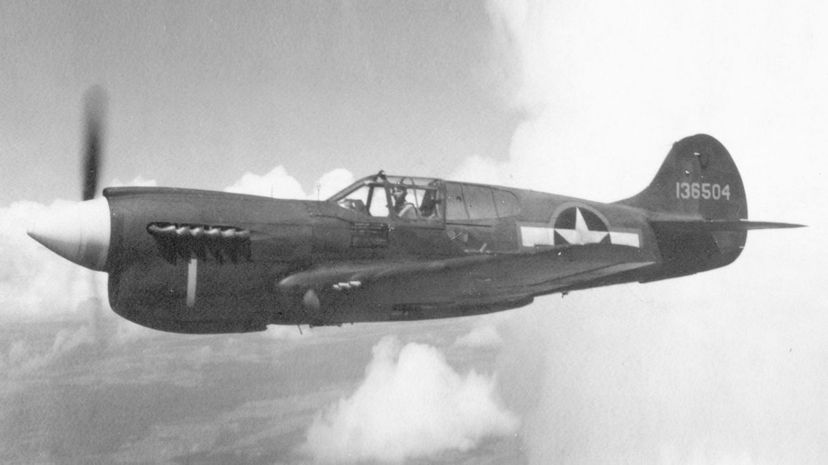
The Curtiss P-40 Warhawk could often be seen with the distinctive shark mouth logo on the front of the plane. While U.S. Forces called them Warhawks, different models used by British and Soviet forces were called Tomahawks, and there was a later model also known as the Kittyhawk.
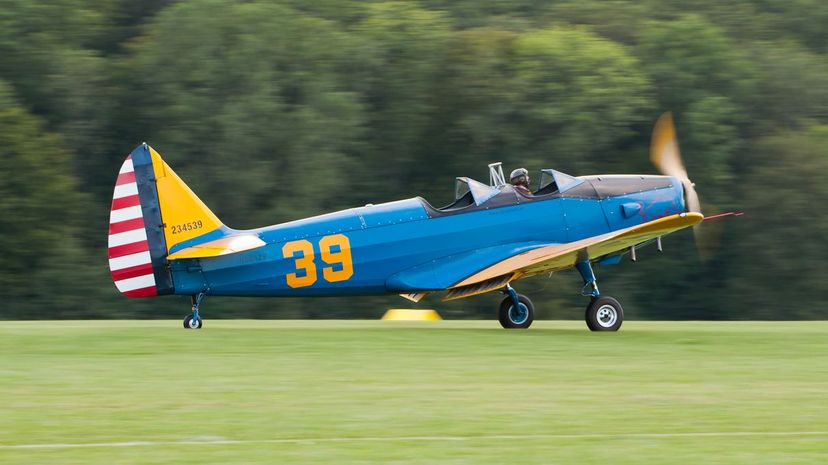
The Fairchild PT-19 and later models were used throughout most of the 1940s. They were retired at the end of the decade but proved so popular that many private pilots ended up picking them for personal use.
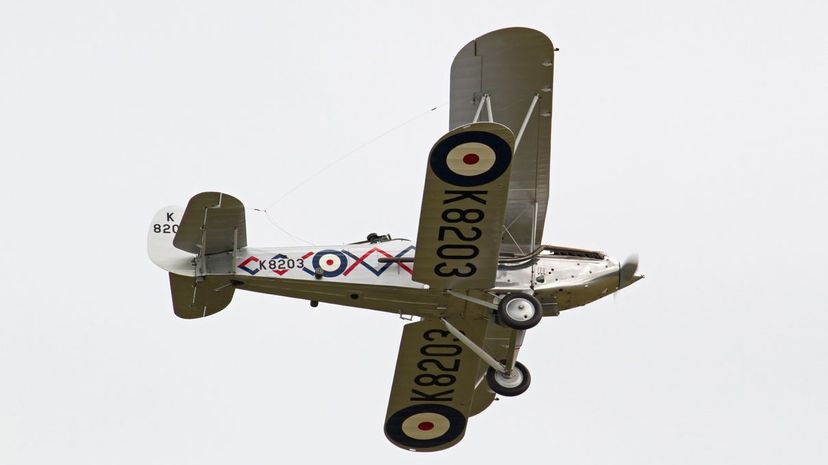
Because many of the fighters already in service during the war were unable to keep up with Hawker Hart bombers, the Hawker Demon was created as the fighter variant so the pilots wouldn't have to restrict their speed or height.
Advertisement
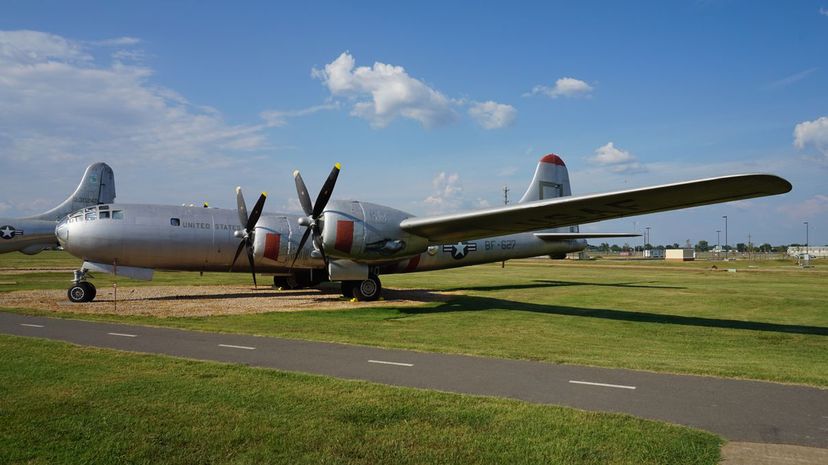
The Boeing B-29 Superfortress was a four-engine bomber that was used during WWII as well as the Korean War. It was the most expensive aircraft designed during the war with a price tag of $3 billion, which, adjusted for inflation, would be over $50 billion today.
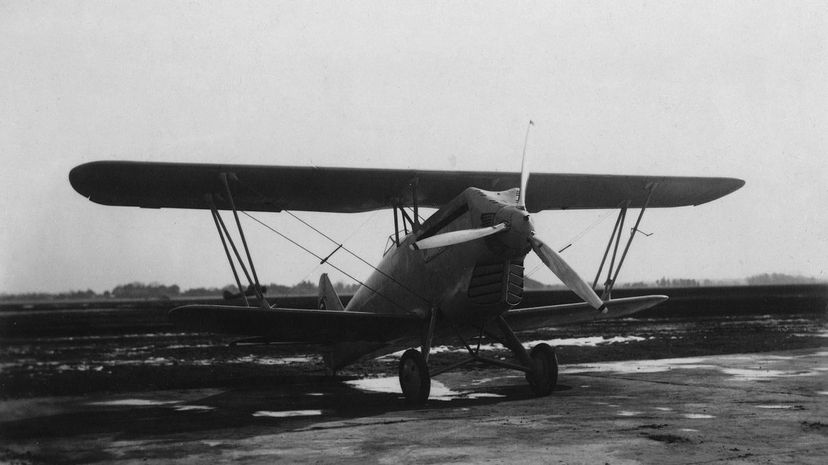
The Kawasaki Ki-10 entered service in Japan in 1935. It was more maneuverable than alternative designs, which made it more favored by pilots even though it was slower than the more advanced Nakajima Ki-11.
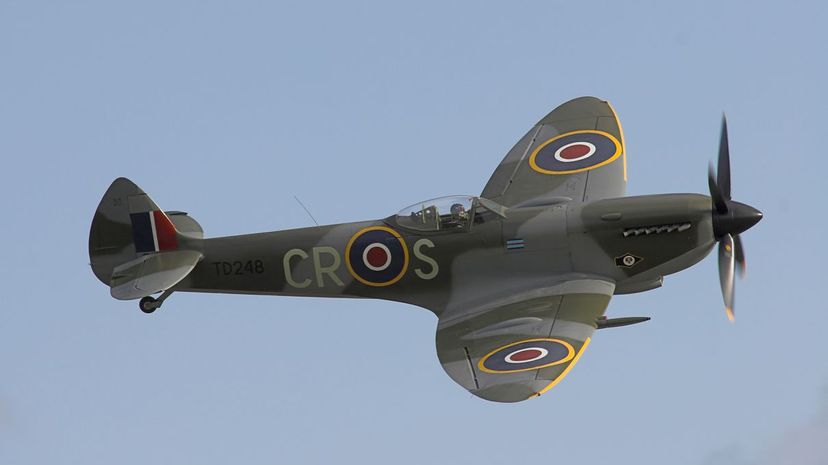
The Supermarine Spitfire is the most recognizable of all British fighters used during the war and, arguably, one of the most recognizable planes of all time. The Spitfire was so popular that some are still flown to this very day.
Advertisement
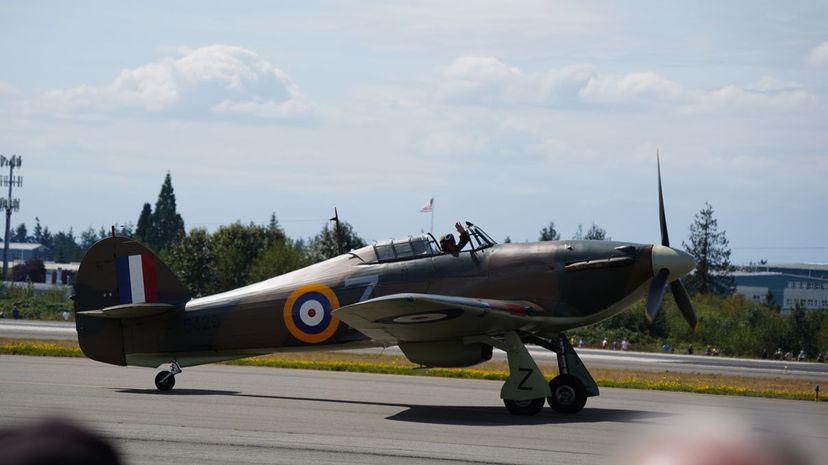
The Hawker Hurricane was probably Britain's second most popular fighter behind the Supermarine Spitfire. At the end of its production run in 1944, 14,487 Hurricanes had been produced for the war effort.
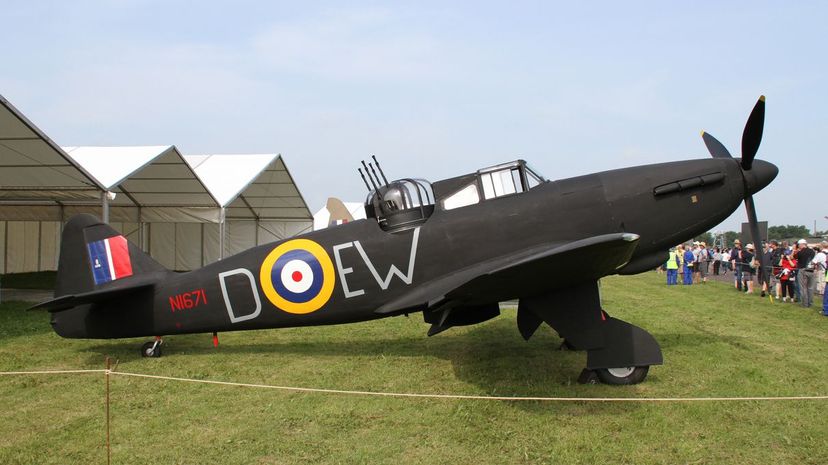
The Boulton Paul Defiant was a turret fighter, which made it exceptionally disadvantaged during daylight-hour dogfights against the more maneuverable German fighters. At night, however, it performed exceptionally well against bombers.
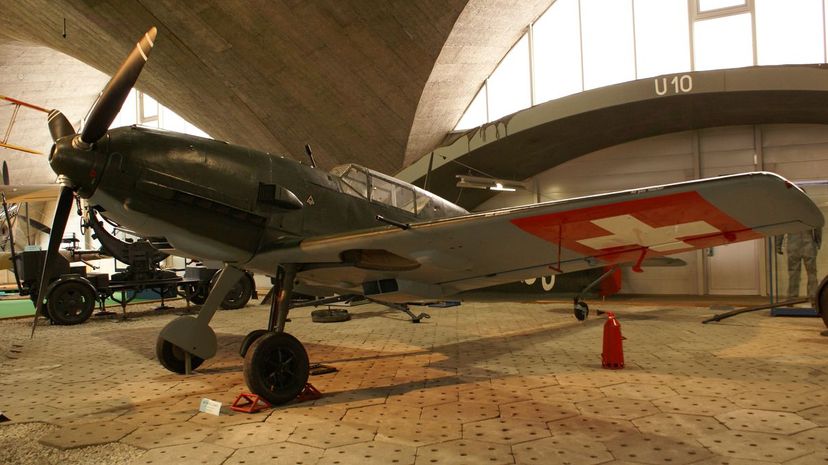
The Messerschmitt BF 109 was the most prominent fighter in the German arsenal. Erich Hartmann flew a BF 109 for1,404 combat missions. He's credited with destroying 352 Allied aircraft, making him the most successful fighter pilot of WWII.
Advertisement
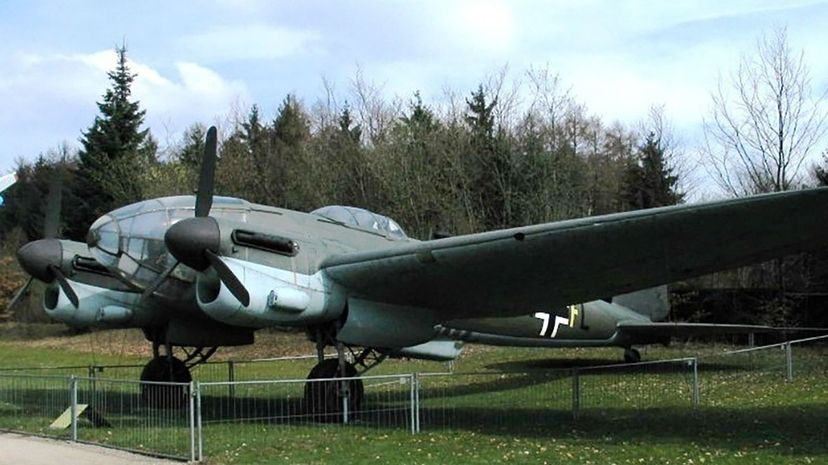
The German Heinkel He 111 was designed in secret under the guise of being a civilian aircraft. Germany had been forbidden from forming an air force after the First World War, so their production of bombers like the He 111 was very cloak and dagger up until the war began.
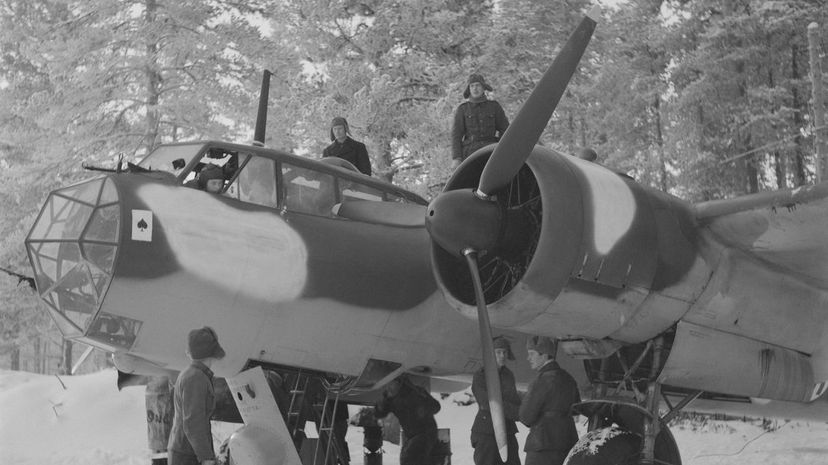
The Dornier DO 17 was a German bomber that was designed to be fast where traditional bombers were often big, clunky things. The idea was that a light bomber could outrun a fighter. That wasn't necessarily always the case but they were sleeker and faster than traditional heavy bombers.

The Junkers JU 88 was designed originally as a fast bomber but ended up having a multitude of uses. Not just a traditional bomber, the JU 88 was also a dive bomber, a torpedo bomber, a night fighter, a heavy fighter, a recon craft, and they even used them as unmanned bombs, released by struts from other aircraft to crash and explode on targets.
Advertisement
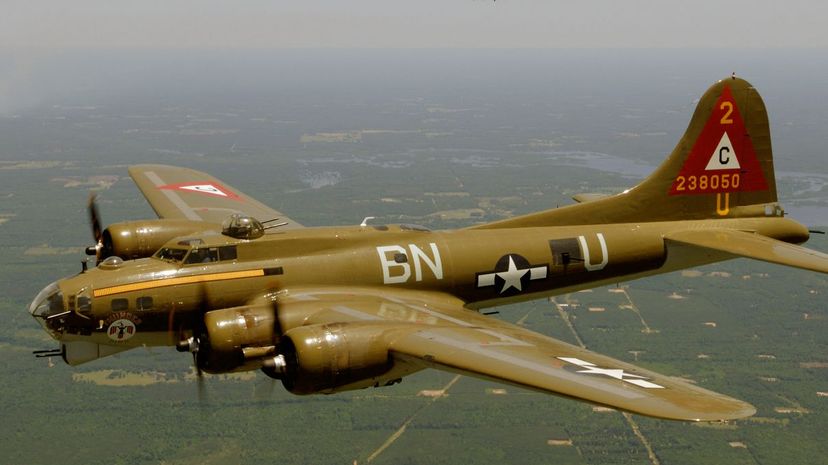
The Boeing B-17 Flying Fortress was living up to its name and then some. During the Second World War, the B-17 dropped over 640,000 tonnes of bombs on Germany and its allies out of a total of 1.5 million tonnes dropped.
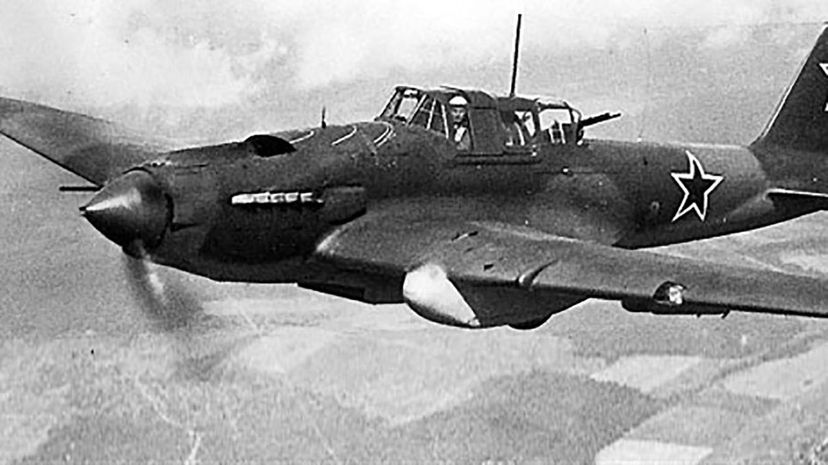
The Ilyushin II-2 was the pinnacle of Soviet air combat design and, along with the follow-up version the II-10, over 42,000 of these planes were built, making it the most-produced military aircraft in the history of military aircraft.
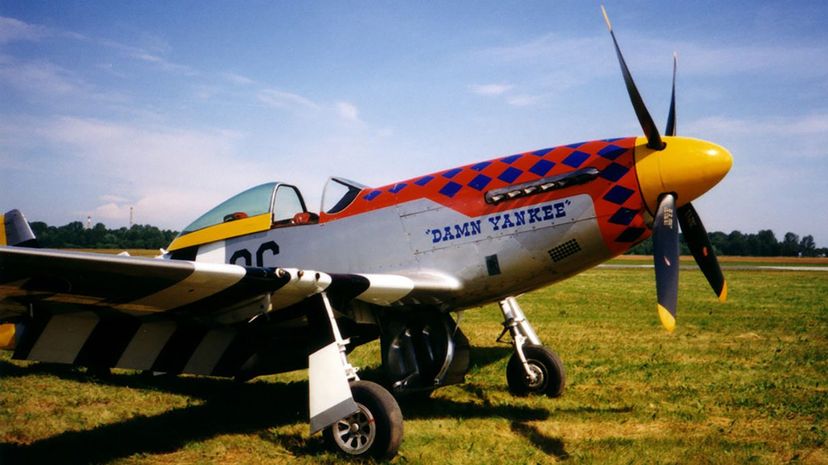
North American P-51 Mustangs were exceptionally popular fighters and also quite the bargain after the war. During wartime, they cost $51,000 to produce. After the war, hundreds were sold off to the countries that signed the Inter-American Treaty of Reciprocal Assistance for only $1 each.
Advertisement

The Soviet Yakovlev Yak-3 was such an accomplished dogfighter that, after several battles with extremely uneven outcomes in favor of the Soviets, German forces were ordered to avoid combat with Yak-3s below 5,000 meters because the odds greatly favored the Soviets.
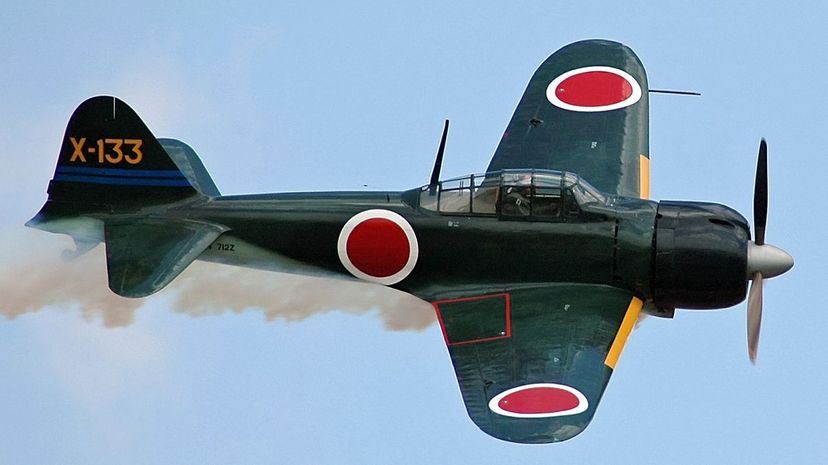
Mitsubishi's A6M Zero was the legendary dogfighter of the Imperial Japanese Navy. Feared for their speed and maneuverability, the Zero had a terrifying kill ratio of 12-1 when it was first introduced in the war.
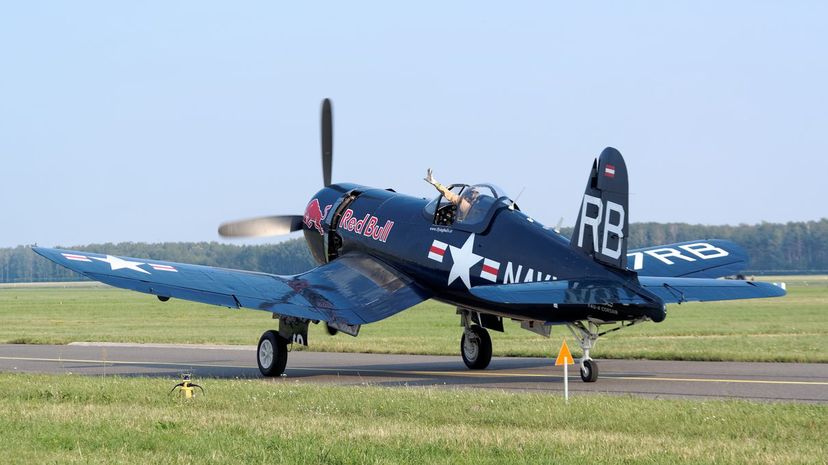
The Vought F4U Corsair had an 11:1 kill ration in combat, eclipsed only slightly by the Mitsubishi Zero. However, because of some early issues with carrier landings, the Grumman Hellcat became the preferred aircraft.
Advertisement
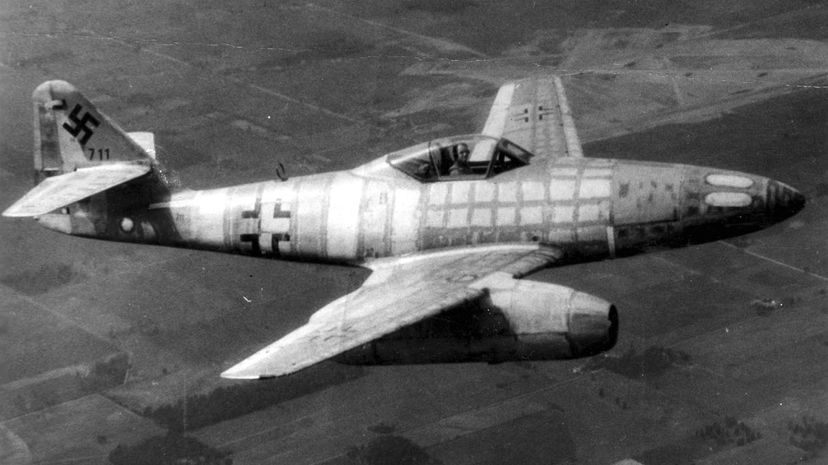
The Messerschmitt ME 262 was actually planned even before the war began. However, numerous issues with design and bureaucratic red tape kept it in the development stages well into the war. It didn't become a reality until midway through 1944.
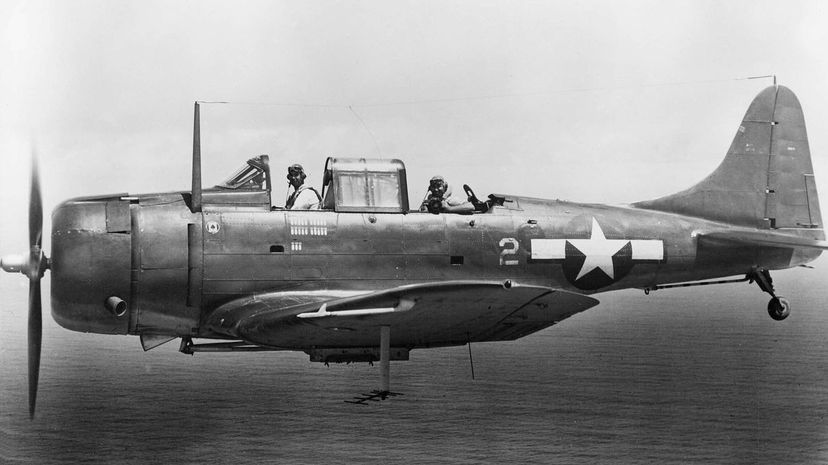
The "SBD" in Douglas SBD Dauntless stands for "Scout Bomber Douglas" but earned the alternate nickname of "Slow But Deadly" among pilots at the time. These bombers were the ones that helped destroy the Japanese carriers at the Battle of Midway in 1942.

The Fock-Wulf Fw 190 was introduced in 1941 and proved a superior fighter to the Allied Spitfire at low altitudes. It wasn't until a later Supermarine Spitfire design that the Allies once again gained the upper hand, but during its time, the Fw 190 was favored by many fighting aces.
Advertisement
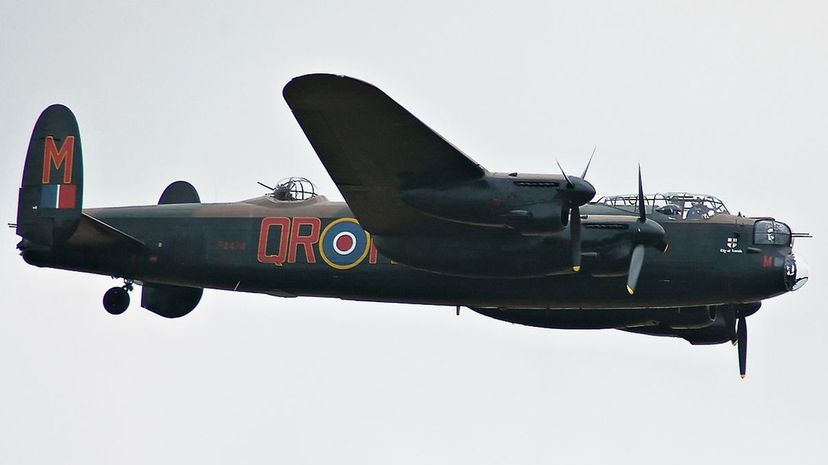
The Avro Lancaster was a heavy bomber that was initially outfitted with 4,000 lb, 8,000 lb and 12,000 lb bombs. As if that wasn't enough, later models were modified by removing a lot of equipment inside to make room for 22,000 lb "Grand Slam" earthquake bombs.
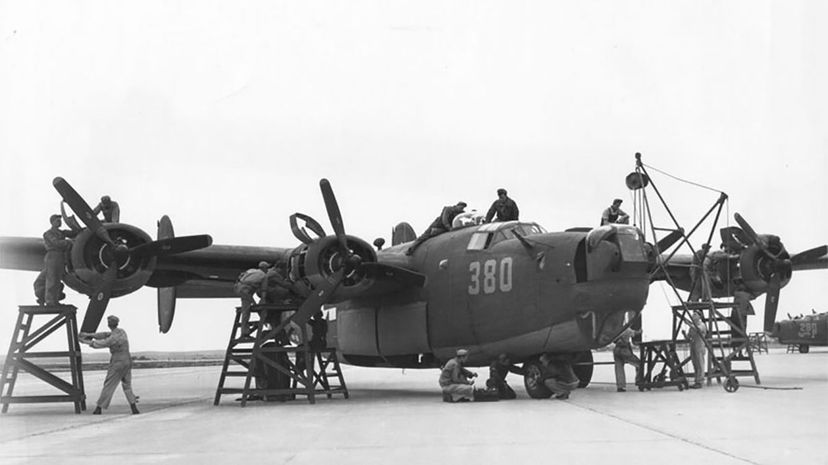
The Consolidated B-24 Liberator was an extremely popular aircraft, and 18,500 of them were produced. It was used by every branch of the military in WWII and was also used by Allied forces as well, but was quickly phased out by more advanced technology.
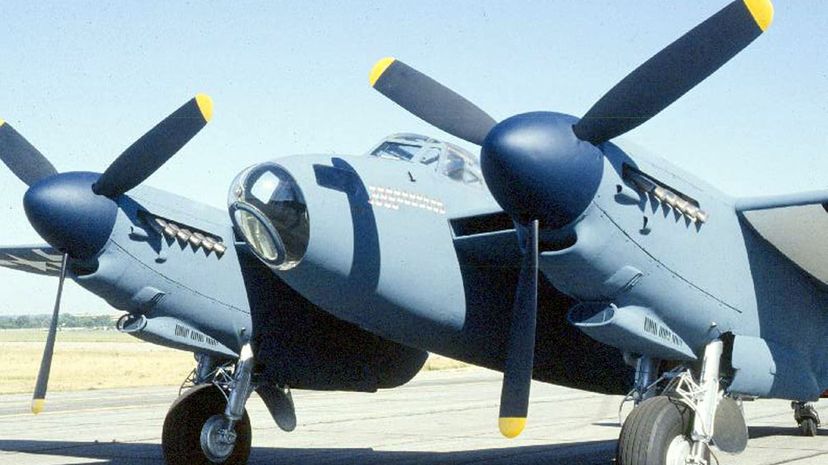
The de Havilland Mosquito was called the "Wooden Wonder" for its unusual wooden frame. The design choice, which some people criticized, proved to be a point int he Mosquito's favor. At the time it was in operation, it was one of the fastest aircraft in the sky.
Advertisement
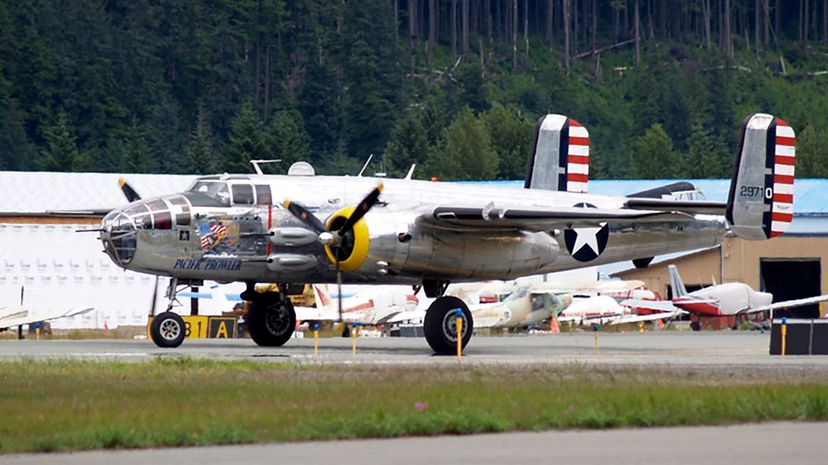
The B-25 Mitchell and its variant models were used extensively by Allied Forces during and after the war. All told, over 10,000 of these aircraft were produced, and they were incredibly resilient. One Mitchell, nicknamed "Patches," was retired after 300 missions and had over 400 patched holes from enemy fire in it.

Lockheed's P-38 Lightning saw action in nearly every conceivable capacity during the war. From radar to recon to bombing to escort fighting and much more, there was little the Lightning couldn't do.
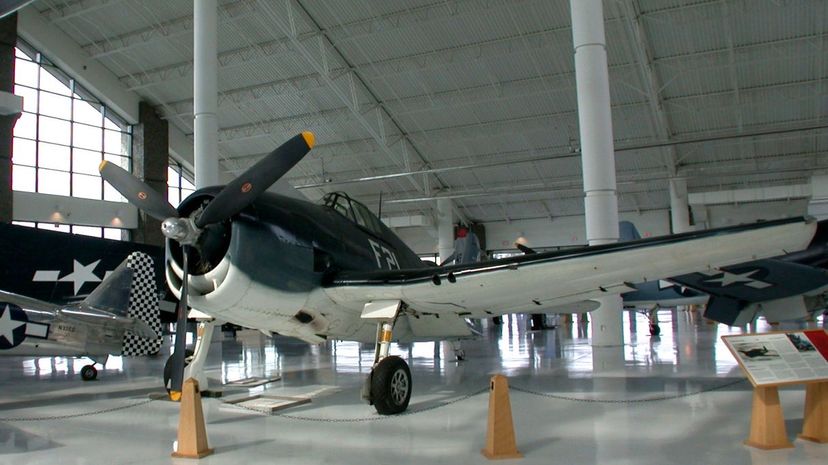
The Grumman F6F Hellcat was designed to strike a blow against the Japanese A6M Zero. The Hellcats, which replaced the earlier Wildcats, proved extremely effective at that task and were able to outperform the Zeros during the second half of the war.
Advertisement

The Consolidated PBY Catalina was a flying boat used for numerous missions at sea during the war. Catalinas saw action as anti-submarine craft, patrol bombing, and also search and rescue missions.
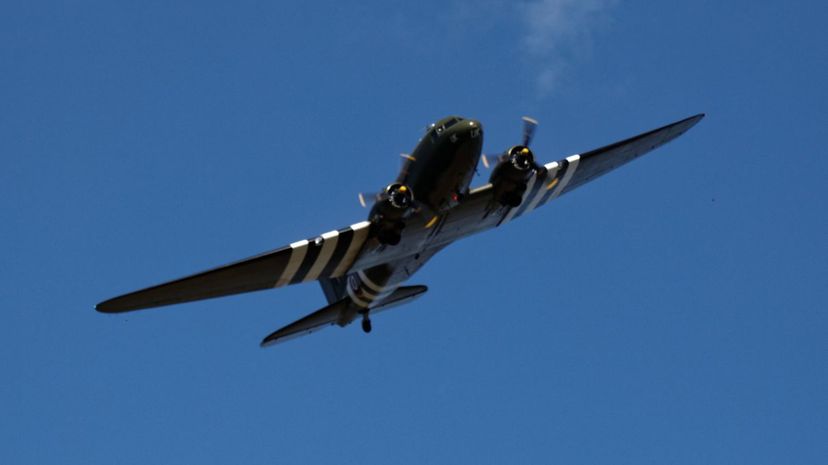
The Douglas C-47 Skytrain was a military transport plane based on Douglas DC-3 civilian aircraft. The Allies used this extensively during wartime, and to this day, South Africa, Colombia and El Salvador still make use of this model.
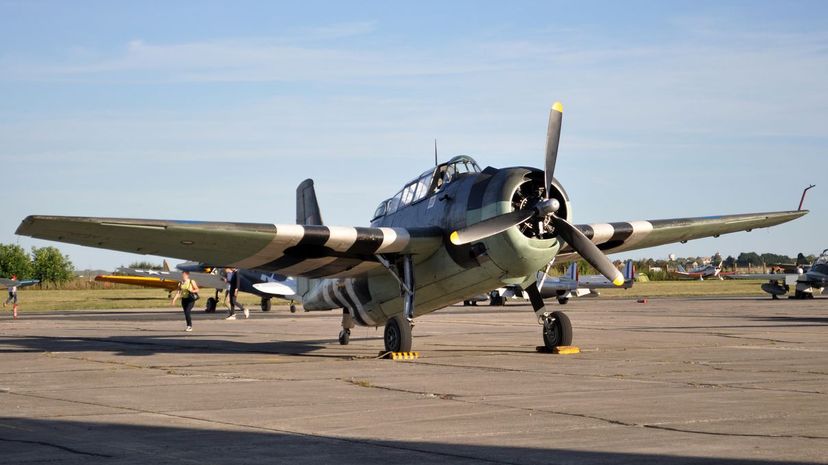
The Grumman TBF Avenger was a torpedo bomber that entered the war in 1942. During their initial run, five of the six Avengers were actually shot down, but despite that performance, they continued to be used, proving themselves to be effective aircraft even beyond the war.
Advertisement
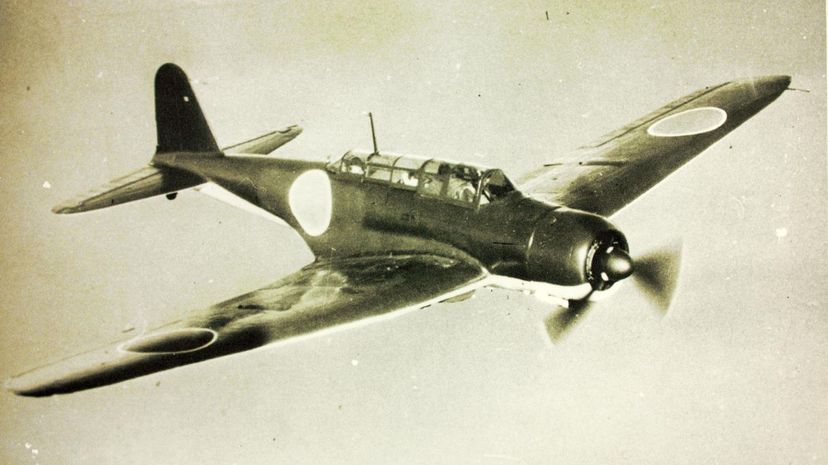
The Nakajima B5N bomber was used for nearly the whole duration of the war, and even though 1,150 of them were produced, not a single one actually survived the war. Two partially recovered B5Ns existing, but neither is in good enough condition to ever fly again.
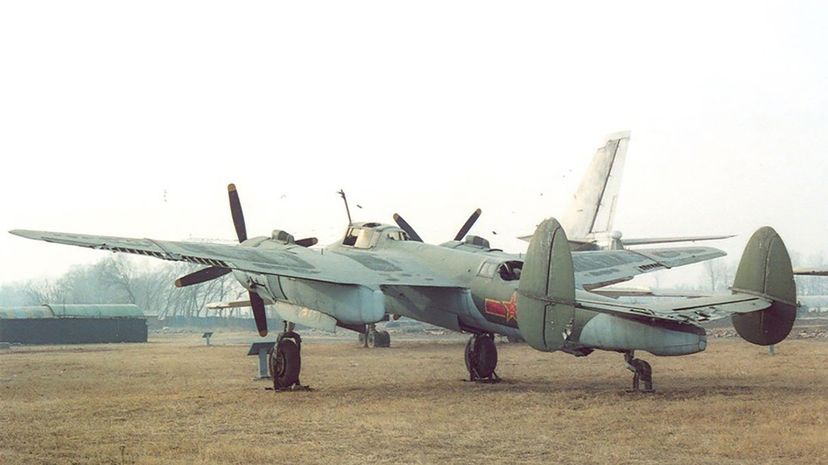
The Soviet Tupolev Tu-2 was designed to be a dive bomber and proved to be very effective in combat. Their design could handle harsh European winters, and the frame was resilient when it came to standing up to the enemy fire.
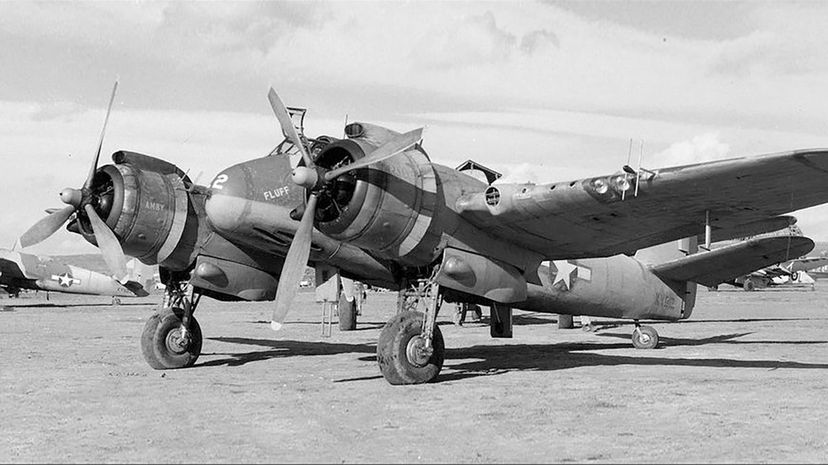
Bristol Beaufighters were large aircraft that served both ground attack fighters and torpedo bombers. Because of their size, they were also effective at carrying large equipment like radar without suffering any performance issues.
Advertisement
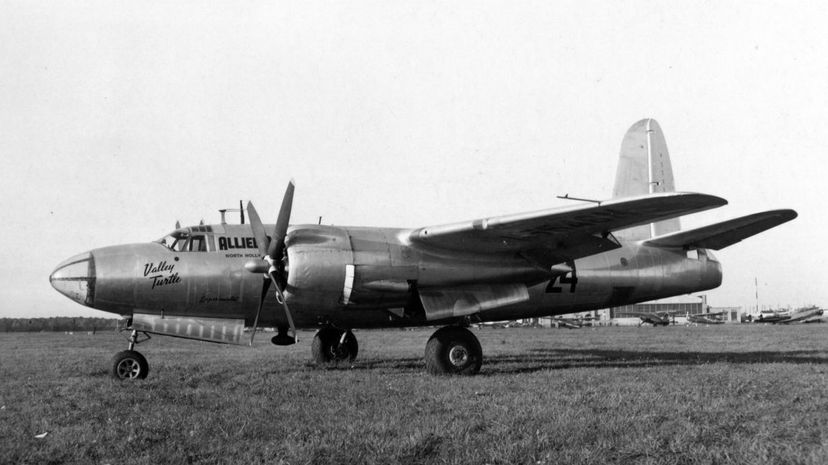
The Martin B-26 Marauder's early models were considered extremely dangerous due to numerous runway accidents. They needed to be landed at precise speeds, 150 mph for a final runway approach, which was faster than many pilots were comfortable with. If they slowed down, however, the plane would stall and crash.
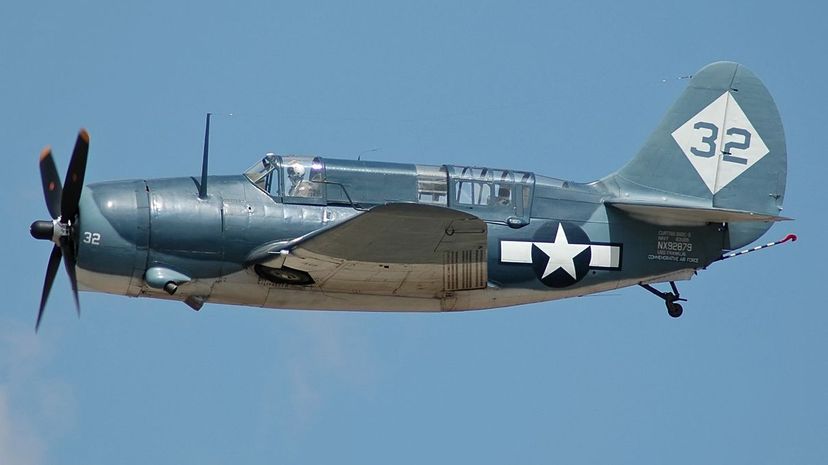
The Curtiss SB2C Helldiver was not a well-liked plane that was apparently plagued by issues of poor handling. It was delayed during production, and both the British Royal Navy and Royal Australian Air Force canceled their orders, which ended up contributing to the end of Curtiss as a company.
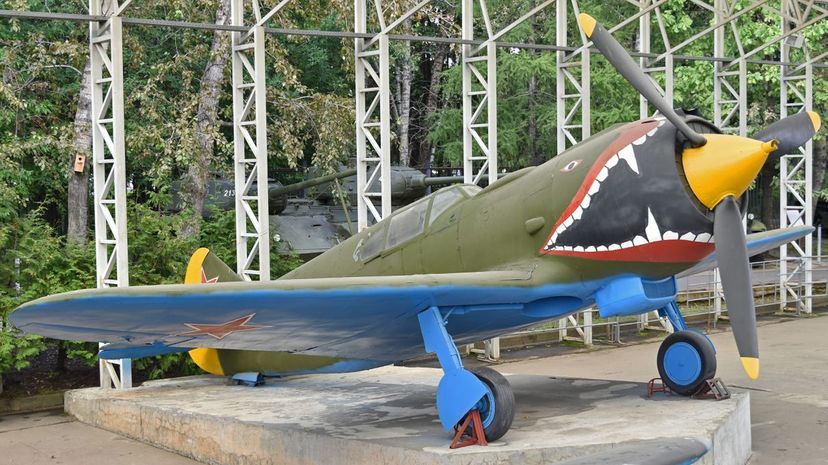
The Lavochkin La-5 became the Soviet's go-to fighter, replaced the earlier La-GG3 model, which was not nearly as capable as German fighters during the war. The improved engine in the La-5 allowed it to go toe-to-toe with German fighters.
Advertisement
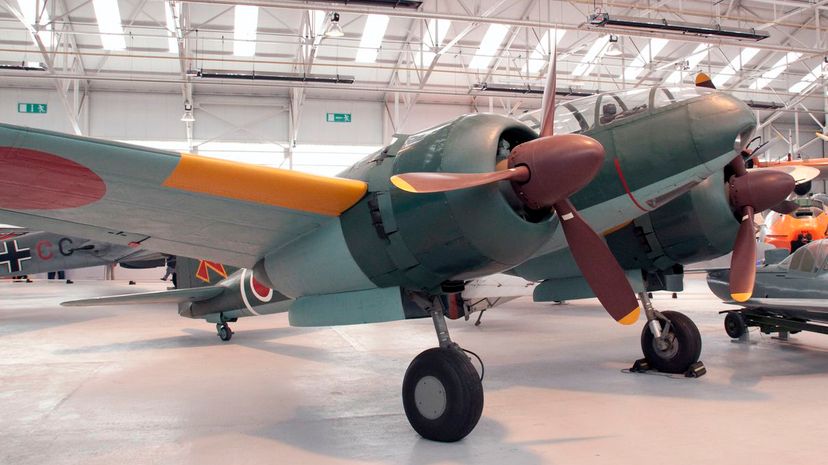
The Mitsubishi Ki-46 was a twin-engine recon plane used by the Japanese forces. When it first entered the war, it was almost uninterceptable due to its superior speed capabilities. However, as the Supermarine Spitfire and P-38 Lightning were improved, the Ki-46 had to be improved to compensate.
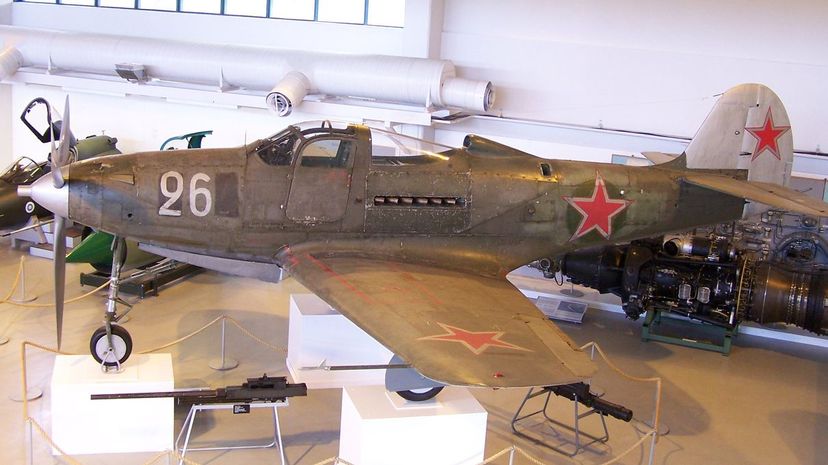
The Bell P-39 Airacobra was very successfully used by the Soviet Red Air Force. They had an exceptional record against German fighters and apparently allowed the Soviets to gain the highest number of kills against Germans by any pilots flying U.S. aircraft.
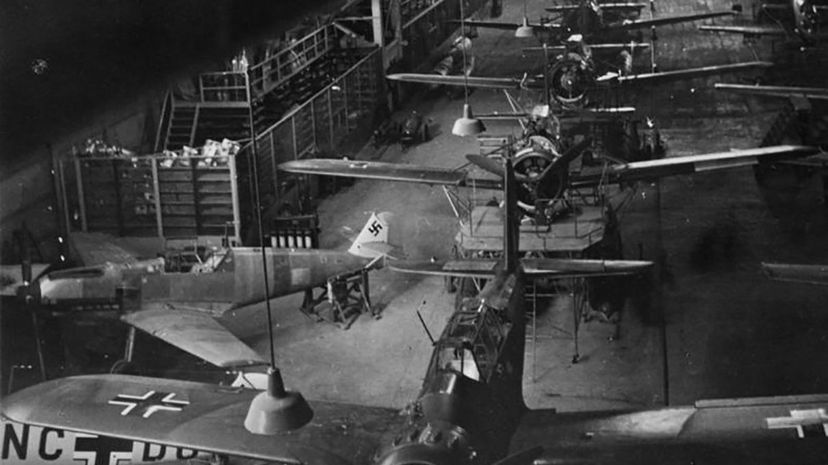
The Arado AR 196 was the standard aircraft for the German Navy starting in 1938 for the Second World War. It was not meant to be a fighter plane by any means, but compared to other craft of the same type on the Allied side, it outperformed and was even used by Finnish forces for transport and supply.
Advertisement
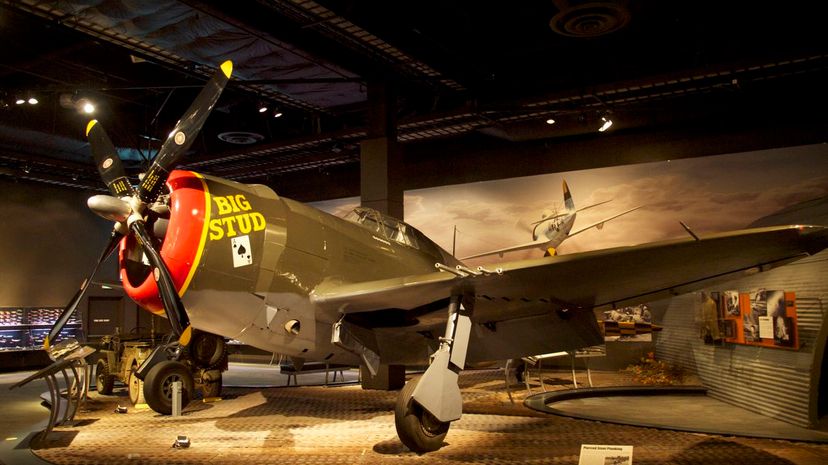
The Republic P-47 Thunderbolt had 8 .50-caliber machine guns and a 2000-horsepower radial engine. It was able to outdrive all opposing fighters, but it did have issues when it came to the rate of climb and range. The range issue wasn't fixed until 1945 with the introduction of the P-47N.